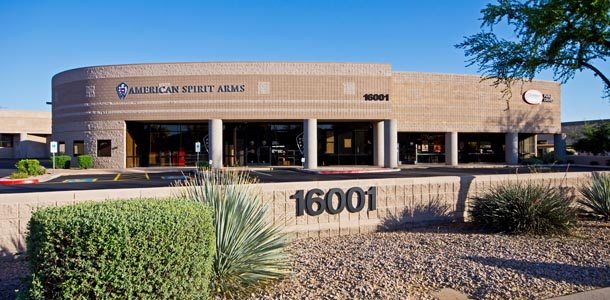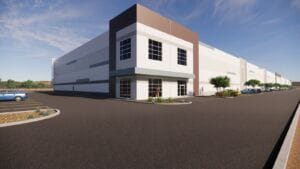Land and building sales volume at the Scottsdale Airpark increased from 2014 to 2015 while vacancy rates continued to decline, according to a Colliers International Greater Scottsdale Airpark 2030 report.
Land sales volume saw a sharp rise at the business park in 2015, with 88.85 acres sold for a total of $94.8 million compared to 37.57 acres for $46.7 million in 2014. An increase was also reflected in building sales, with total sales volume almost doubling from $169.5 million in 2014 to $324.3 million in 2015. The average price per square foot for building sales rose by 40 percent for office, 9 percent for industrial and 14 percent for retail.

Jim Keeley, SIOR, CCIM, founding partner of Colliers International’s Scottsdale office, released his annual Greater Scottsdale Airpark 2030 Report, Thursday, for the year ending December 2015.
The 2030 Report was first published in 1989 as the 2010 Report and provides a current and historical perspective on economic activity, growth and trends for the Greater Scottsdale Airpark (“Airpark”).
“We are seeing steady improvement in the overall health of the Scottsdale Airpark,” Keeley said. “On a scale of one to 10, the Airpark ranked a solid 10 at its height in 2007, was at a three in 2011, and is a seven today.”
“Although not the robust growth of pre-recession times, 2015 saw a definite upward trend, as reflected in increased sales volume and lower vacancies.” Keeley said. “We expect this trend to continue through 2016, due to the economics of supply and demand.”
Vacancy continued its downward trend, dropping to an average of 11.6 percent from 13 percent in 2014.
A number of factors impact the Airpark such as “centers of influence.” These “centers of influence” include fee simple land, higher-density and transit-oriented development, transportation, a mix of 130 different industries, growth in multifamily, major events, the active involvement of Bob Parsons (Go Daddy founder) and 35 years of reporting by the Scottsdale Airpark News.
“The Airpark is also transitioning into more mixed-use and transit-oriented development, with two prime examples being the Scottsdale Quarter and Kierland Commons,” Keeley said
Another dynamic affecting the Airpark is the zoning allowance for greater height, paving the way for taller buildings of up to six to eight stores on 16 acres or more. Currently the Frank Lloyd Wright-designed Spire is one of the area’s tallest buildings, but Keeley expects the Airpark to have ten buildings taller than the spire by 2024.
In 2015, the Airpark consisted of 34.2 million square feet. The number of companies grew from 2,950 to 3,025, and the number of employees increased by 1,160 to 55,260. By comparison, in 1981, the Airpark consisted of 1.5 million square feet, 268 companies and 3,300 employees.



